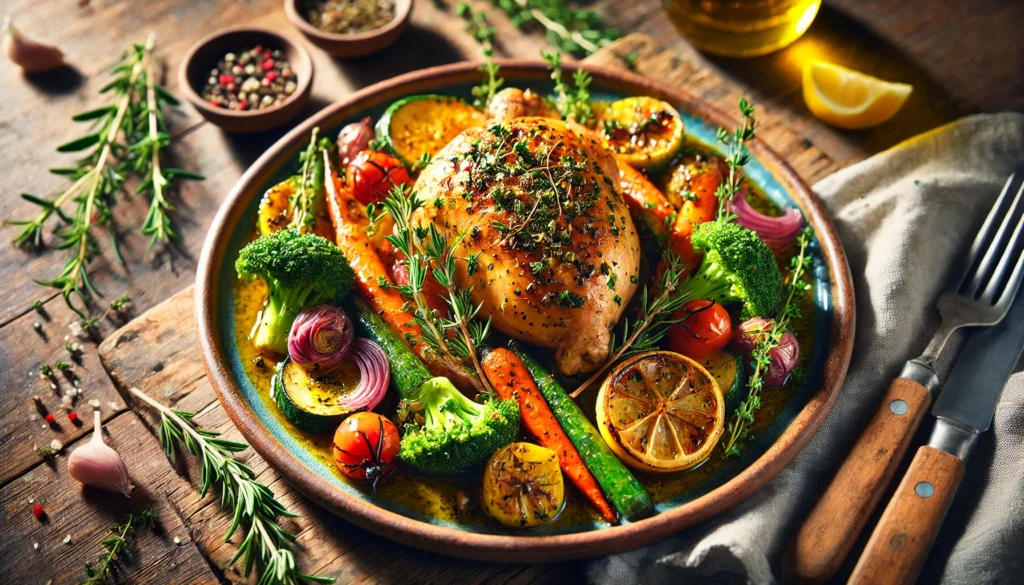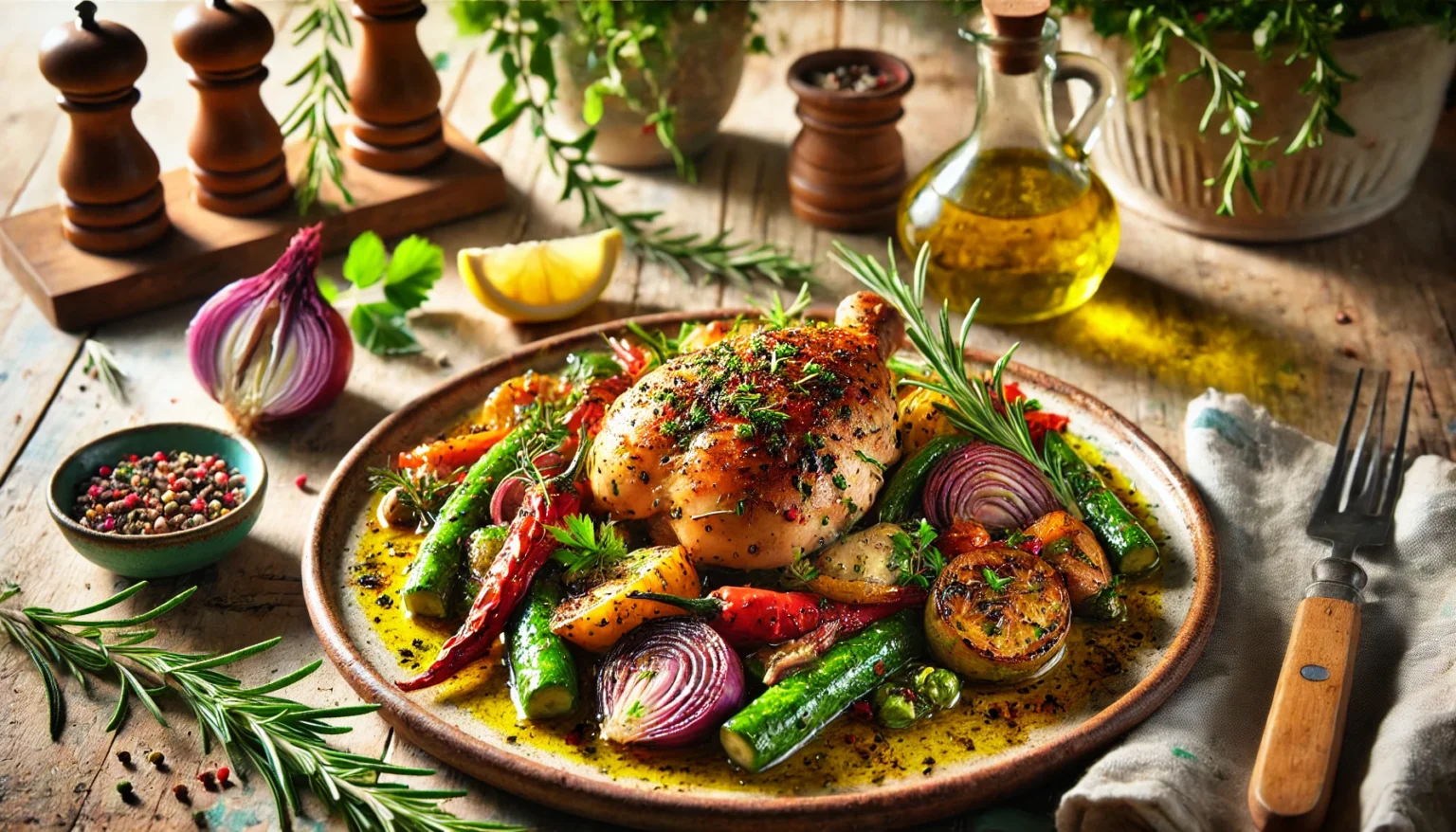Introduction to Pollaste
Pollaste is a term that holds different meanings across various cultures and industries. Whether it’s a culinary delight, an innovative plant-based egg substitute, or an essential ingredient in regional cuisines, Pollaste continues to evolve in modern gastronomy. In this guide, we will explore its origins, preparation techniques, nutritional value, and cultural significance, ensuring you have a complete understanding of this unique food item.
Historical Background
Origins of Pollaste in Mediterranean Cuisine
The term “Pollaste” is believed to have originated in Mediterranean regions, where it was used to describe a particular type of poultry dish prepared with traditional spices and herbs. Historical records indicate that Pollaste was a staple in ancient feasts, often served with grains and vegetables.
Evolution Through the Centuries
Over time, Pollaste has undergone significant transformations. While originally associated with poultry, modern interpretations have broadened its meaning to include plant-based substitutes designed to mimic eggs and even a specific type of cheese found in certain European regions.
Cultural Significance
In various cultures, Pollaste is deeply rooted in culinary traditions. Mediterranean families prepare it as a cherished dish during festivities, while in vegan communities, it represents a sustainable alternative to traditional eggs.
Traditional Preparations
Classic Recipes and Ingredients
A traditional Pollaste dish includes key ingredients such as:
- Fresh poultry (or plant-based alternatives for vegan versions)
- Olive oil, garlic, and Mediterranean herbs
- Seasonal vegetables
- Whole grains like rice or couscous
Cooking Techniques
The most common methods for preparing Pollaste include roasting, slow-cooking, and braising. These techniques ensure a rich, flavorful dish that retains the essence of Mediterranean cooking.
Regional Variations
- Spanish Pollaste: Often includes saffron and paprika for a deep, smoky flavor.
- Italian Pollaste: Served with pasta and tomato-based sauces.
- Filipino Pollaste: A slow-cooked stew with soy sauce, vinegar, and vegetables.
Modern Interpretations
Pollaste as a Vegan Egg Alternative
With the rise of plant-based diets, Pollaste has gained recognition as an alternative to eggs. This vegan substitute is made from:
- Water
- Gums and thickeners (such as agar-agar)
- Fiber-based proteins like chickpea or pea protein
Fusion Cuisine Incorporating Pollaste
Innovative chefs are now integrating Pollaste into fusion dishes, blending it with global flavors. It appears in Asian stir-fries, American breakfast burritos, and even French patisseries as an egg replacement.
Nutritional Profile of Pollaste
| Nutrient | Traditional Pollaste (Poultry) | Vegan Pollaste (Egg Alternative) |
|---|---|---|
| Protein | High | Moderate |
| Fat | Moderate | Low |
| Carbohydrates | Low | Moderate |
| Vitamins | B12, Iron | B12 (fortified), Fiber |
Where to Buy Pollaste
Finding high-quality Pollaste depends on the type you’re looking for:
- Traditional Pollaste: Available in local butcher shops, supermarkets, and Mediterranean specialty stores.
- Vegan Pollaste: Can be found in organic grocery stores and online marketplaces.
- Artisan Pollaste Cheese: Look for specialty cheese shops in European markets.
Cooking Tips & Common Mistakes
Best Practices
- Marinate Pollaste overnight for enhanced flavor.
- Use fresh herbs and spices for an authentic taste.
- Slow cook on low heat to maintain tenderness.
Avoid These Mistakes
- Overcooking can lead to dryness.
- Using low-quality oils can affect the final taste.
- Skipping the marination process reduces depth of flavor.
Pollaste in Different Cuisines
Pollaste appears in various international dishes:
- Mediterranean: Roasted with olive oil and lemon.
- Asian: Stir-fried with soy sauce and ginger.
- American: Grilled with barbecue sauce.
Sustainability and Ethical Considerations
Environmental Impact
The production of plant-based Pollaste is significantly more sustainable than poultry farming. It reduces carbon footprint and water usage.
Ethical Considerations
Vegan Pollaste offers a cruelty-free alternative to eggs and poultry, making it a responsible choice for environmentally-conscious consumers.
FAQs About Pollaste
- Is Pollaste suitable for people with allergies?
- Vegan Pollaste is free from common allergens like dairy and eggs, but always check ingredient labels.
- Can I make homemade Pollaste alternatives?
- Yes! A mix of chickpea flour, black salt, and nutritional yeast can mimic Pollaste’s taste and texture.
- Does Pollaste taste like real eggs?
- Many vegan Pollaste products are formulated to taste similar to eggs, especially when cooked properly.
- What’s the shelf life of Pollaste?
- Fresh Pollaste should be consumed within a few days, while vegan alternatives last longer in the fridge.
- Is Pollaste gluten-free?
- Traditional Pollaste is naturally gluten-free, but some vegan versions may contain gluten-based ingredients.
Conclusion
Pollaste is a versatile and evolving food item with deep cultural roots and modern adaptations. Whether you enjoy it as a Mediterranean dish, a plant-based egg alternative, or an artisanal cheese, there’s a version suited for every palate. By exploring Pollaste’s history, nutritional benefits, and cooking methods, you can incorporate this unique ingredient into your culinary adventures while making informed choices about sustainability and ethical eating.
RECOMMENDED ARTICLES
Mylt34: The Ultimate Guide to Mastering Productivity & Efficiency
Crypto30x.com Bitcoin Price: Complete Guide to Tracking, Analyzing & Trading BTC
The Ultimate Guide to Crypto30x.com
Crypto30x.com Regulation: A Comprehensive Guide














